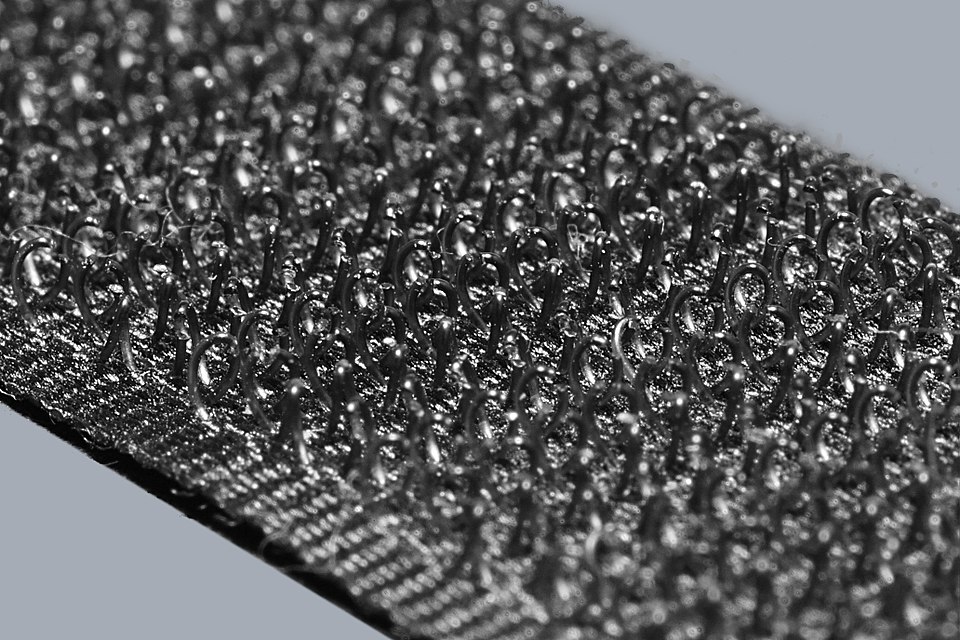You are not logged in
Velcro and the Burr That Wouldn’t Let Go
zoerotter | July 4, 2025, 12:05 p.m.

Introduction: Nature’s Pesky Little Genius
Ever walked through a field and come out covered in tiny prickly hitchhikers? Most of us grumble and pick them off our socks one by one. But in 1941, Swiss engineer George de Mestral had a different reaction. He took one look at those burrs and thought, “This could be useful.” And thus, Velcro was born—from a hiking trip and a determined dog.
The Burr That Sparked a Brainwave
George was just out for a stroll in the Alps with his dog when he noticed how stubbornly the burrs stuck to the dog’s fur. Instead of cursing nature, he got curious. Under a microscope, he saw something amazing: the burrs were covered in tiny hooks that latched onto anything with loops—like fur or socks. Suddenly, this wasn’t just a nuisance. It was a model.
Hook, Loop, and Invent
Inspired by what he saw, George spent years experimenting with ways to replicate nature’s hook-and-loop mechanism using manmade materials. After countless prototypes involving everything from cotton to synthetic fibers, he landed on nylon. It could be heat-shaped into tiny, durable hooks. The other side? Loops made from woven nylon fabric.
Enter: Velcro
The name “Velcro” comes from a mashup of “velvet” and “crochet.” Sounds fancier than “hooky grab-stuff,” doesn’t it? In 1955, he patented his invention, and while the fashion world initially scoffed (zippers were still high fashion), Velcro began showing up in places where convenience beat aesthetics.
NASA to the Rescue
Velcro’s real break came thanks to the space race. NASA used it extensively in spacecraft—astronauts used Velcro to hold tools, secure food trays, and even keep pens from floating away. Suddenly, Velcro wasn’t just for mountaineers—it was space-age technology.
From Space Suits to Toddler Shoes
After NASA’s endorsement, Velcro took off (pun intended). You’ll find it in shoes, jackets, blood pressure cuffs, cable management kits, and even deep-sea diving suits. It’s reusable, adjustable, and doesn’t involve poking yourself with a pin or getting your hoodie cord stuck in a zipper.
The Biomimicry Boom
Velcro’s origin kicked off more than just a handy product—it launched interest in biomimicry: the idea of designing based on nature’s existing genius. Since then, we’ve made airplane wings shaped like bird wings, robot arms inspired by octopus tentacles, and gecko-tape that sticks like lizard feet. But it all started with a burr on a dog’s leg.
Conclusion: Stick With What Works
Velcro is one of those rare inventions that feels obvious in hindsight. But it took someone paying attention to the everyday, a curious mind, and a really patient microscope session to turn a nuisance into innovation. So next time a burr clings to your sock, resist the urge to curse—and maybe thank it instead. It’s nature’s way of saying, “Here’s a brilliant idea. You’re welcome.”
Comments:
Log in to leave a comment